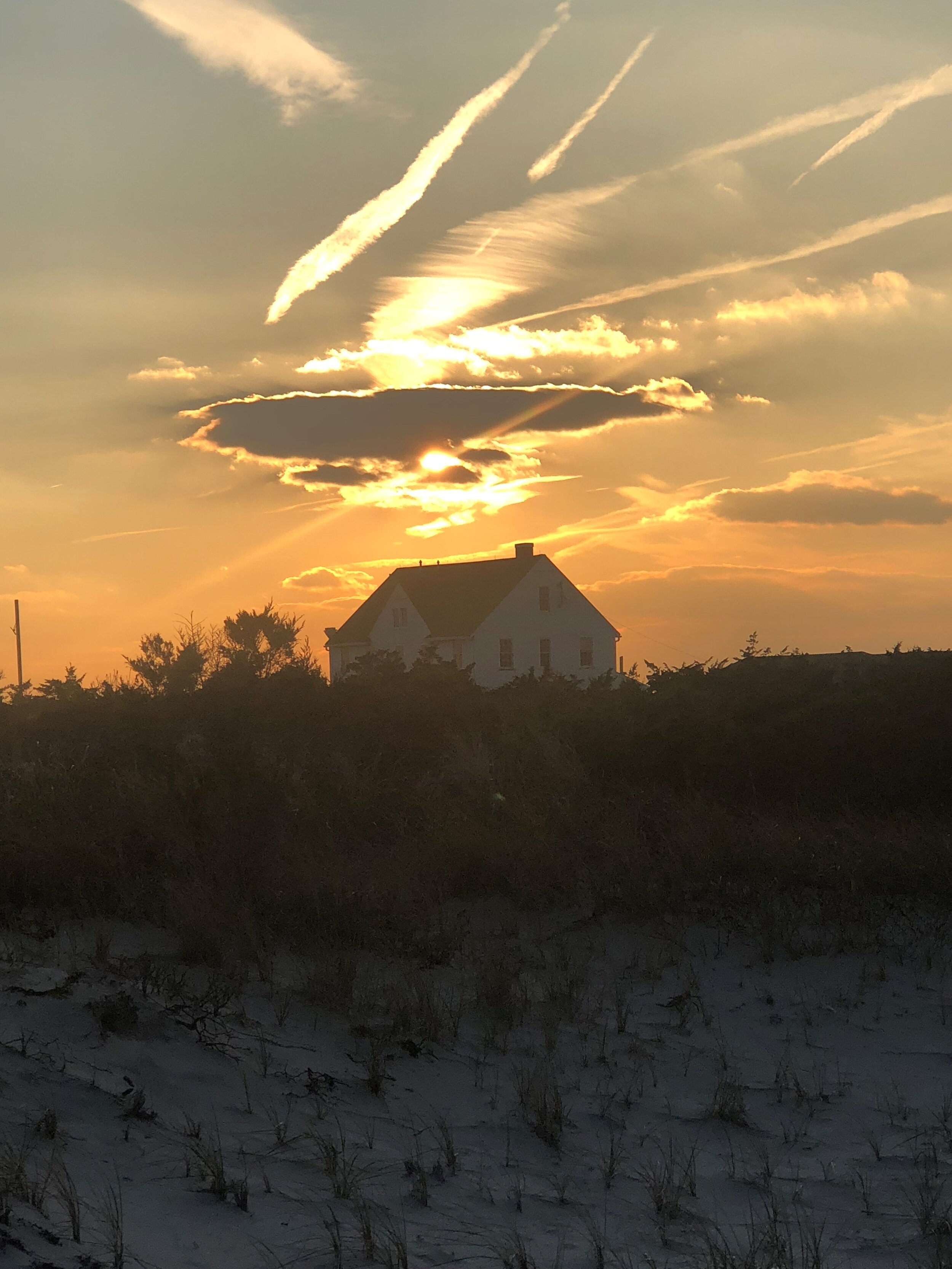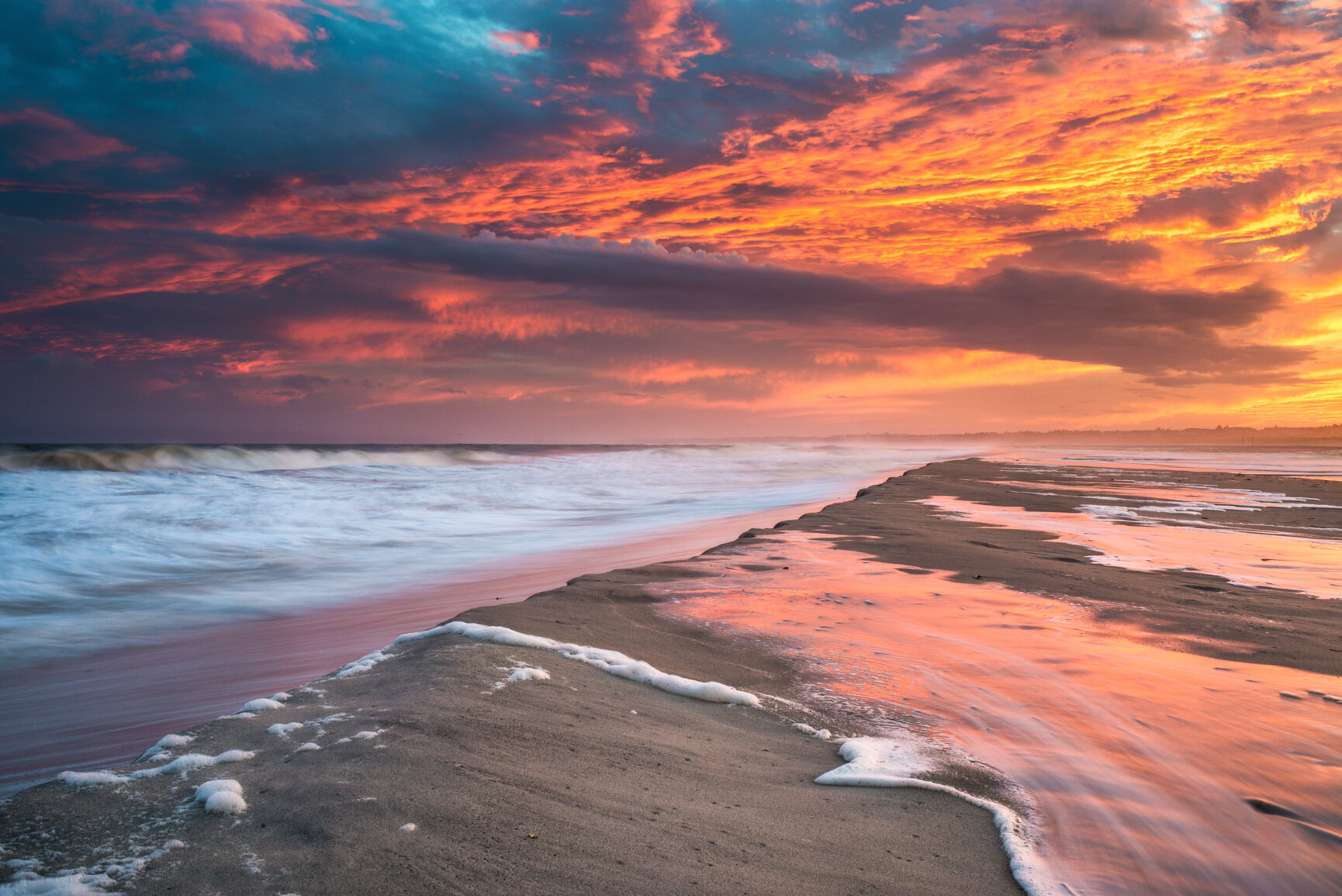
Interpretive & Nature Centers
The nature and interpretive centers at IBSP are rich with history and culture. Built in 1855, these buildings served the US Life Saving Service as Life Saving Station #15 and Forked River Coast Guard Station #112.
These stations were constructed in response to the coast’s ever changing shoals that resulted in 200 ships being wrecked during the winter of 1826-27, helping the Jersey Coast earn the nickname “the Graveyard of the Atlantic.” In 1846, the wreck of the John Minturn became a rallying cry for preventing further loss of life due to shipwreck. As a result, $10,000.00 was attached to the existing Lighthouse Bill to create the United States Life Saving Service. Three stations were built on Island Beach. In 1915, the Life Saving Service merged with the Revenue Cutter Service to form the present day Coast Guard. Today, they house a vast collection of ecological and historical materials and displays and are home base to the IBSP Nature Program.
Forked River Coast Guard Station #112 now Interpretive Center
Life Saving Station #112 now Nature Center
The Interpretive Center
This building focuses mainly on the historical aspects of IBSP but also contains the Emily DeCamp Herbarium Collection, the Osprey Cam, shipwreck & maritime exhibit on long term loan from The New Jersey Maritime Museum and The Twin Lights Historical Society and the brand new exhibit titled “Shacks of Island Beach State Park….Last of a Legacy” The Osprey Cam, donated by the Friends of Island Beach State Park, can be viewed at home or at the Interpretive Center.
Original Ford Model T Buggy on display
Click here to learn more about the work of the New Jersey Beach Buggy Association.
The Nature Center
This building offers visitors the chance to learn about the unique ecosystem found at IBSP! See live animal exhibits, educational displays, view the osprey in its nest and don’t miss the amazing 360 degree views of the Atlantic Ocean and Barnegat Bay. If you still are not convinced, check out some of what we do here.
Just to the north of the two buildings is a self-guided nature trail that meanders eastward to the beach and westward towards the bay on the Johnny Allen Cove Trail. Head east in a thicket of windswept shad bushes and blueberry bushes that dwarf the hiker. If you listen, you can hear several species of birds that call the thicket their home. As you change elevation, you begin to hear the sound of the surf reminding you that you are near the ocean. When you come out from under the canopy of vegetation, walk a little further and you’ll see the sprawling secondary dune.
Summer Hours
Weekdays: TBA
Weekends: TBA
Holidays: TBA
More about the Nature Program

"Not all those who wander are lost"
— J. R. R. Tolkien. photo by Eric Hance





